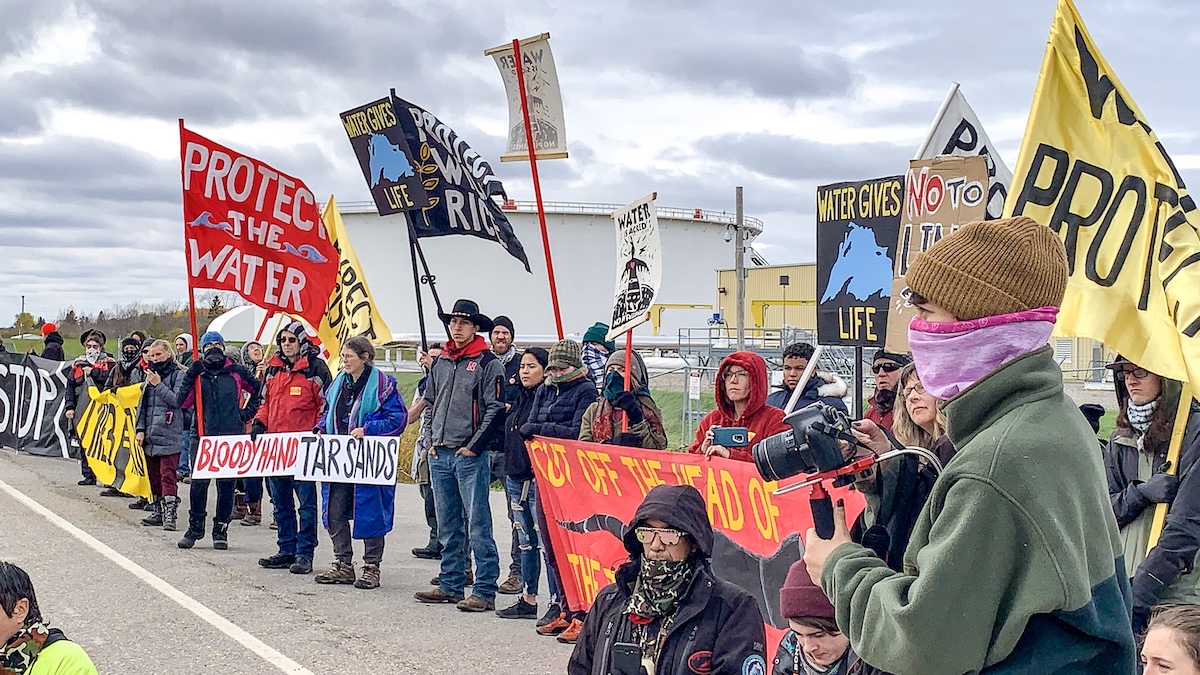Return to Index of Issues,
Celebrate Armistice Day, Not Veterans Day
By David Swanson * 7 November 2018
 Do not celebrate Veterans Day on Sunday. Celebrate Armistice Day instead.
Do not celebrate Veterans Day on Sunday. Celebrate Armistice Day instead.Do not celebrate Veterans Day on November 11-because of what it has become, and even more so because of what it replaced and erased from US culture.
Former American Humanist Association President Kurt Vonnegut (who, incidentally, was born on November 11, in 1922) once wrote: “Armistice Day was sacred. Veterans’ Day is not. So I will throw Veterans’ Day over my shoulder. Armistice Day I will keep. I don’t want to throw away any sacred things.” By “sacred” Vonnegut meant wonderful, valuable, worth treasuring. He listed Romeo and Juliet and music as other “sacred” things.
Exactly at the eleventh hour of the eleventh day of the eleventh month in 1918, 100 years ago this Sunday, people across Europe suddenly stopped shooting guns at each other. Up until that moment they were killing and being hit, falling and screaming, moaning and dying from bullets and from poison gas. And then they stopped at 11:00 in the morning one century ago. They stopped on schedule. It wasn’t that they’d gotten tired or come to their senses. Both before and after 11 o’clock they were simply following orders. The armistice agreement that ended World War I had set 11 o’clock as quitting time, a decision that allowed 11,000 more men to be killed in the six hours between the agreement and the appointed hour.
In subsequent years that hour-that moment of an ending of a war that was supposed to end all war, that moment that had kicked off a worldwide celebration of joy and of the restoration of some semblance of sanity-became a time of silence, of bell ringing, of remembering, and of dedicating oneself to actually ending all war. That was what Armistice Day was. It wasn’t a celebration of war or of those who participate in war, but of the moment a war had ended.
Congress passed an Armistice Day resolution in 1926 calling for “exercises designed to perpetuate peacethrough good will and mutual understanding…inviting the people of the United States to observe the day in schools and churches with appropriate ceremonies of friendly relations with all other peoples.” Later, Congress added that November 11 was to be “a day dedicated to the cause of world peace.”
We don’t have so many holidays dedicated to peace that we can afford to spare one. If the United States were compelled to scrap a war holiday, it would have dozens to choose from, but peace holidays don’t just grow on trees. Mother’s Day has been drained of its original meaning. Martin Luther King Day has been shaped around a caricature that omits all advocacy for peace. Armistice Day, however, is making a comeback.
Armistice Day, as a day to oppose war, had lasted in the United States up through the 1950s and even longer in some other countries under the name Remembrance Day. It was only after the United States had nuked Japan, destroyed Korea, begun a Cold War, created the CIA, and established a permanent military industrial complex with major permanent bases around the globe, that the US government renamed Armistice Day as Veterans Day on June 1, 1954.
Veterans Day is no longer, for most people, a day to cheer the ending of war or even to aspire to its abolition. Veterans Day is not even a day on which to mourn the dead or to question why suicide is the top killer of US troops or why so many veterans have no houses. Veterans Day is not generally advertised as a pro-war celebration. But chapters of Veterans For Peace are banned in some small and major cities, year after year, from participating in Veterans Day parades, on the grounds that they oppose war. Veterans Day parades and events in many cities praise war, and virtually all praise participation in war. Almost all Veterans Day events are nationalistic. Few promote “friendly relations with all other peoples” or work toward the establishment of “world peace.”
It was for this coming Veterans Day that President Donald Trump had proposed a big weapons parade for the streets of Washington, D.C.-a proposal happily canceled after it was met by opposition and almost no enthusiasm from the public, media, or military.
Veterans For Peace, on whose advisory board I serve, and World BEYOND War, which I am the director of, are two organizations promoting the restoration of Armistice Day and helping groups and individuals find resources for holding Armistice Day events.
In a culture in which presidents and television networks lack the subtlety of a show-and-tell event in a preschool, it is perhaps worth pointing out that rejecting a day of celebrating veterans is not the same thing as creating a day for hating veterans. It is in fact, as proposed here, a means of restoring a day for celebrating peace. Friends of mine in Veterans For Peace have argued for decades that the best way to serve veterans would be to cease creating more of them.
That cause, of ceasing to create more veterans, is impeded by the propaganda of troopism, by the contention that one can and must “support the troops”-which usually means support the wars, but which can conveniently mean nothing at all when any objection is raised to its usual meaning.
What’s needed, of course, is to respect and love everyone, troops or otherwise, but to cease describing participation in mass killing-which endangers us, impoverishes us, destroys the natural environment, erodes our liberties, promotes xenophobia and racism and bigotry, risks nuclear holocaust, and weakens the rule of law-as some kind of “service.” Participation in war should be mourned or regretted, not appreciated.
The largest number of those who “give their lives for their country” today in the United States do so through suicide. The Veterans Administration has said for decades that the single best predictor of suicide is combat guilt. You won’t see that advertised in many Veterans Day parades. But it is something understood by the growing movement to abolish the entire institution of war.
World War I, the Great War (which I take to have been great in approximately the Make America Great Again sense), was the last war in which some of the ways people still talk and think about war were actually true. The killing took place largely on battlefields. The dead outnumbered the wounded. The military casualties outnumbered the civilians. The two sides were not, for the most part, armed by the very same weapons companies. War was legal. And lots of really smart people believed the war lies sincerely and then changed their minds. All of that is gone with the wind, whether we care to admit it or not.
War is now one-sided slaughter, mostly from the air, blatantly illegal, no battlefields in sight-only houses. The wounded outnumber the dead, but no cures have been developed for the mental wounds. The places where the weapons are made and the places where the wars are waged have little overlap. Many wars have US weapons-and some have US-trained fighters-on multiple sides. The vast majority of the dead and wounded are civilian, as are the traumatized and those made homeless. And the rhetoric used to promote each war is as worn thin as the 100-year-old claim that war can put an end to war. Peace can put an end to war, but only if we value and celebrate it.


